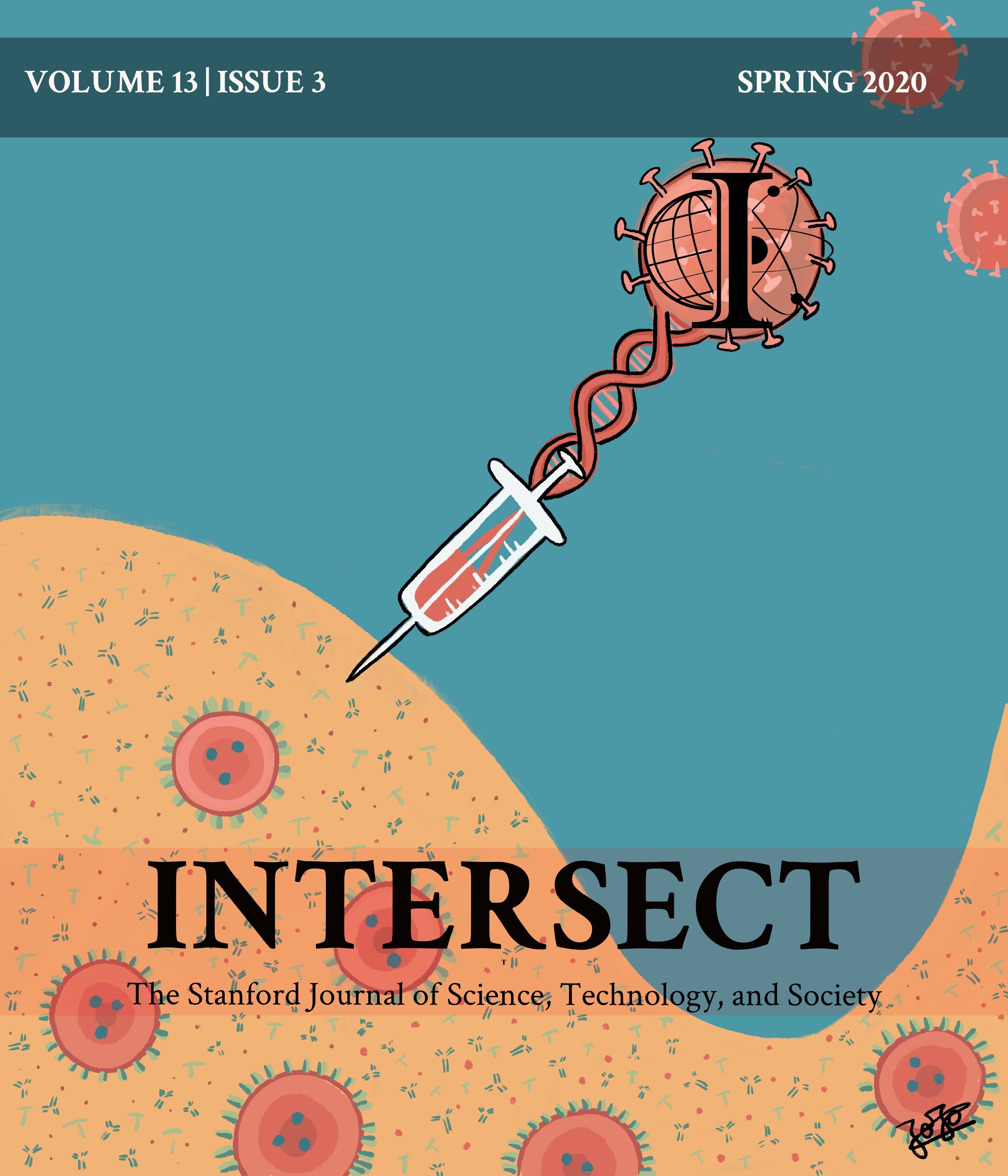Emerging Frontiers in Virtual Learning with Code in Place
An Interview with Professor Mehran Sahami
Abstract
Professor Mehran Sahami, the Associate Chair for Education at Stanford University's Computer Science Department, is widely recognized for his work in machine learning and higher education. In addition to B.S. and M.S. degrees, he earned his Ph.D. in Computer Science at Stanford before returning as faculty in 2007. Professor Sahami's diverse background includes senior roles at Google and Epiphany, and he currently serves as the Robert and Ruth Halperin University Undergraduate Education Fellow and the Association for Computing Machinery Education Board Co-Chair. Professor Sahami has published several research articles on topics that range from student learning to information Web retrieval and coauthored the book Text Mining: Classification, Clustering, and Applications. During this interview, Professor Sahami elucidates his perspectives on virtual learning and Code in Place, a tuition-free 5-week Python programming course based on Stanford's introductory programming class, CS106A, that was offered online in Spring 2020 at the onset of the COVID-19 pandemic.
Downloads
Published
Issue
Section
License
Authors who publish with this journal agree to the following terms:- Authors retain copyright and grant the journal right of first publication with the work simultaneously licensed under a Creative Commons Attribution License that allows others to share the work with an acknowledgement of the work's authorship and initial publication in this journal.
- Authors are able to enter into separate, additional contractual arrangements for the non-exclusive distribution of the journal's published version of the work (e.g., post it to an institutional repository or publish it in a book), with an acknowledgement of its initial publication in this journal.
- Authors are permitted and encouraged to post their work online (e.g., in institutional repositories or on their website) prior to and during the submission process, as it can lead to productive exchanges, as well as earlier and greater citation of published work (See The Effect of Open Access).

